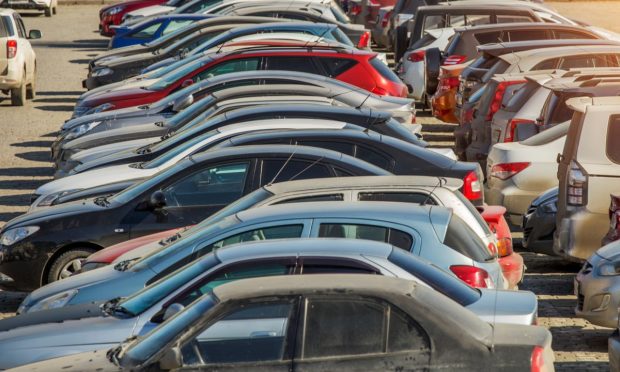American Car Center Shutters as Auto Loan Delinquencies Rise

Subprime lender American Car Center has reportedly closed amid a rise in auto loan delinquencies.
The Memphis-based used car seller notified employees Friday (Feb. 24) that it was shutting down its operations, closing its headquarters, and firing its workers, Bloomberg News reported, citing people familiar with the matter.
The same sources say the closure email followed an earlier message to staff saying American Car Center had been working with lenders to boost its liquidity and stay in business.
PYMNTS has reached out to American Car Center and its owner, the hedge fund York Capital Management, but has yet to receive a response.
The company — which operated 50 dealerships, mostly in the U.S. southeast — is shutting down at a time when Americans are increasingly struggling to make car payments as the cost of owning a vehicle continues to rise.
As PYMNTS noted last month, car loans — like many other forms of debt — are pricier than they have been in decades. More than 15% of auto buyers had monthly payment of at least $1,000 in the last quarter of 2022, according to Edmunds, 10.5% higher than the same quarter of 2021.
The size of outstanding auto loans has ballooned as well: $1.44 trillion in the third quarter of 2021 compared to $1.52 trillion in the same quarter last year, according to the Federal Reserve Bank of New York.
Edmunds also notes that the interest rate on auto loans was 6.5% in the fourth quarter, compared to the 5.7% in the third quarter and up from 4.1% last year.
Meanwhile, recent reports show consumers struggling to keep up with other payments as well, with a number of credit card companies seeing an increase in delinquency rates.
“Missing credit card payments is no small matter for most U.S. consumers, as fees and penalties quickly add up. It may also signify how stretched U.S. consumers’ budgets are,” PYMNTS wrote last week.
The January edition of “New Reality Check: The Paycheck-to-Paycheck Report” — a PYMNTS and LendingClub collaboration — details this by looking at the share of consumers who now live paycheck to paycheck.
After a welcome decline in the number of consumers living paycheck to paycheck in 2021, the rate has returned to near-2020 levels at 36%. The bright side, the report found, is the number of consumers who live paycheck to paycheck but who don’t have issues paying bills is higher than ever, meaning that while their financial situations have worsened somewhat, they generally have remained stable.
